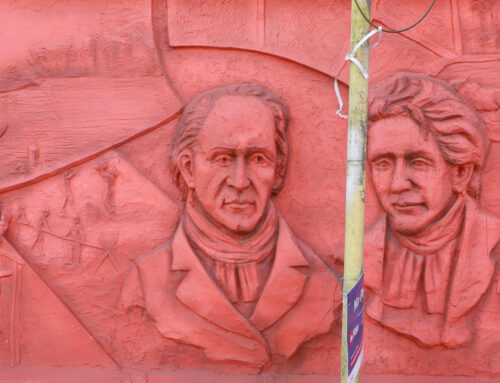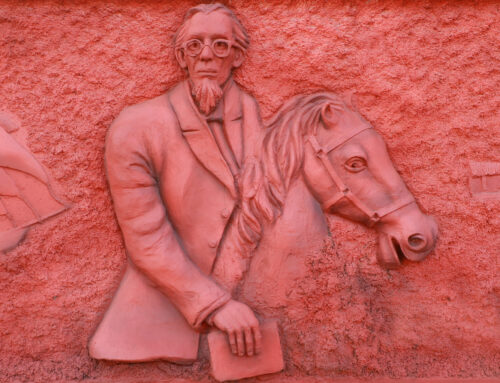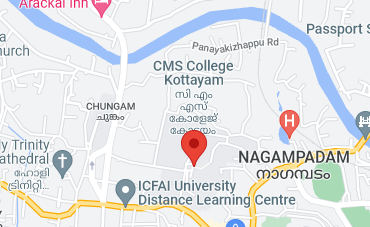B 12
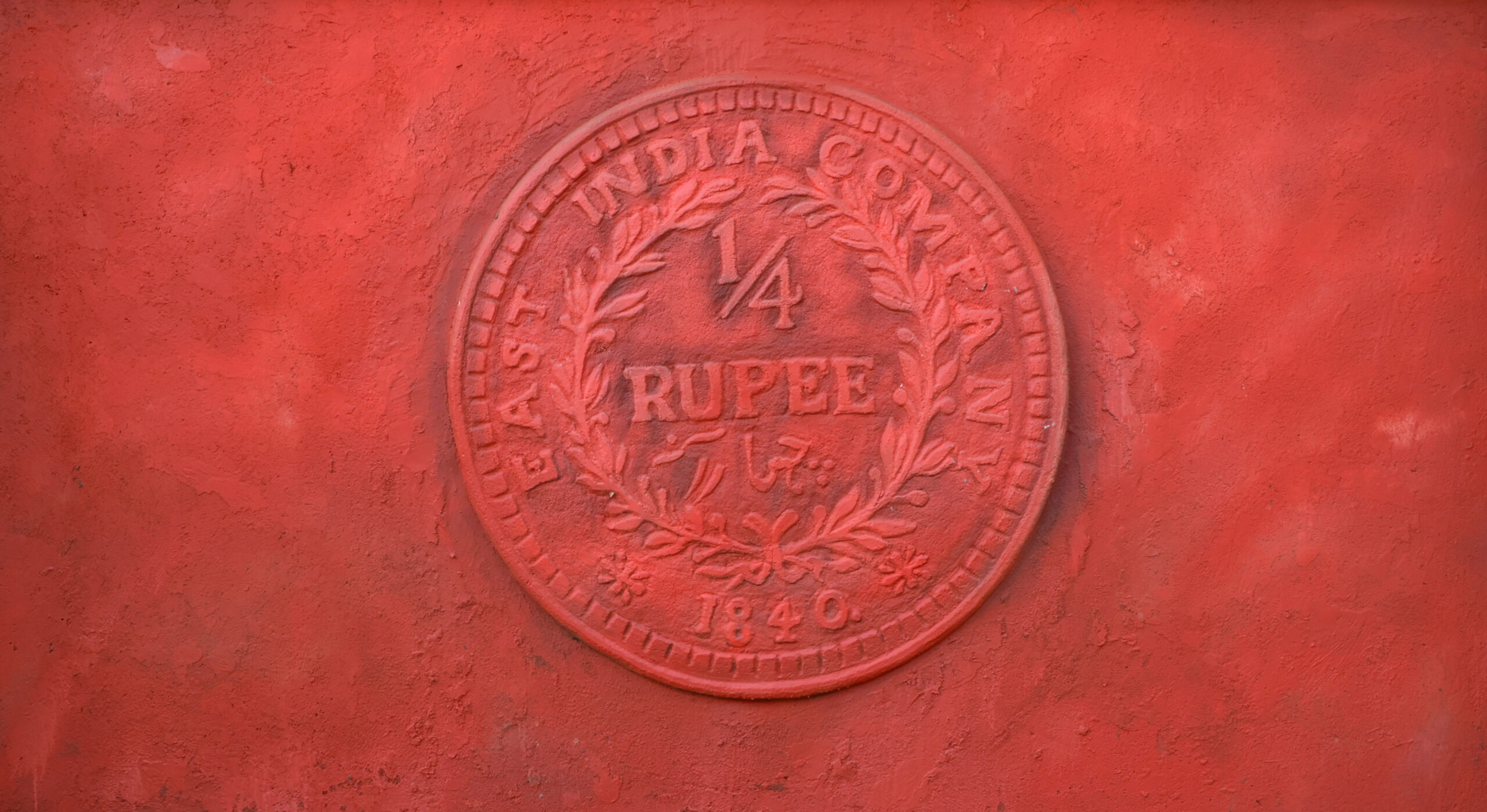 Rev. Richard Collins came to Kottayam in 1855 and became the principal of the CMS College. He realized that the college maintained a high standard in its pedagogic function. CMS College also functioned according to the international rules of the CMS Mission. Syrian Christian students dominated the students’ population. Education was free for all but in 1855, for the first time one fourth rupee or quarter rupee was levied as fee from each student. In fact this coin was introduced by the East India Company in 1840. Hence, this quarter rupee has a great significance in the history of the CMS College.
Rev. Richard Collins came to Kottayam in 1855 and became the principal of the CMS College. He realized that the college maintained a high standard in its pedagogic function. CMS College also functioned according to the international rules of the CMS Mission. Syrian Christian students dominated the students’ population. Education was free for all but in 1855, for the first time one fourth rupee or quarter rupee was levied as fee from each student. In fact this coin was introduced by the East India Company in 1840. Hence, this quarter rupee has a great significance in the history of the CMS College.
In his relief sculpture, Tinu gives a sort of iconic status to quarter rupee. It at once brings the history of this new economic system into focus and its foray into the educational system. The levying of fee must have been a way to raise funds for the running of the college as the CMS wanted its establishments to become self-sustaining. But it also suggested that the students and their parents became responsible in the whole process of education and the institution that they belonged to. The pivotal staging of the coin in fact brings the attention of the viewers for its singularly curious presence and then to the history embedded in it.
